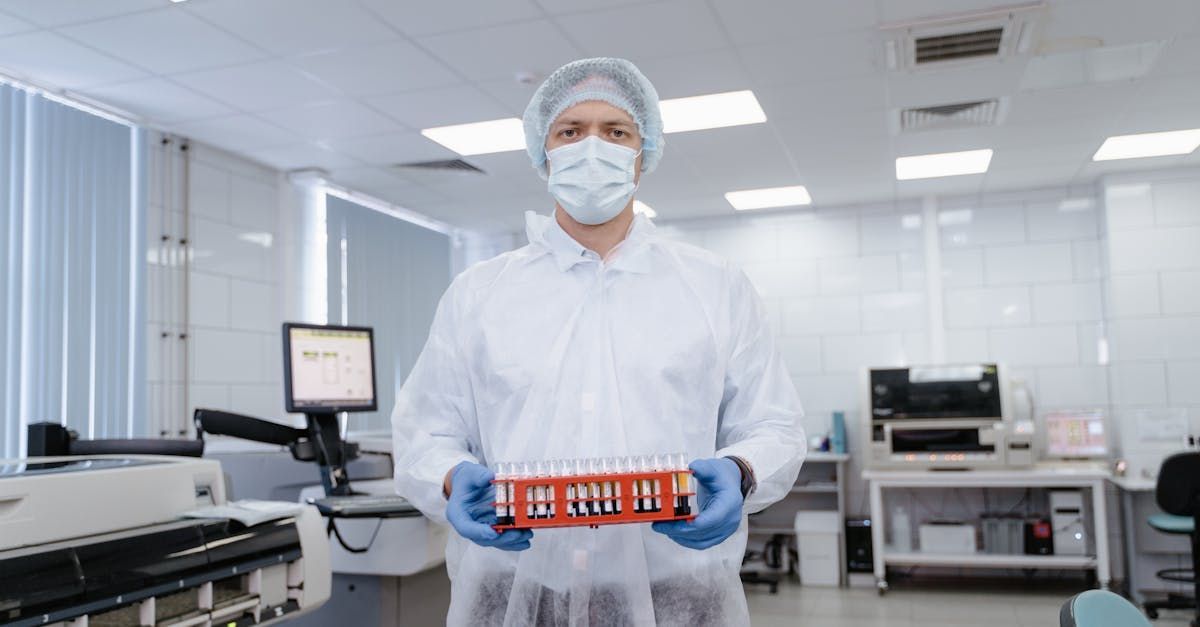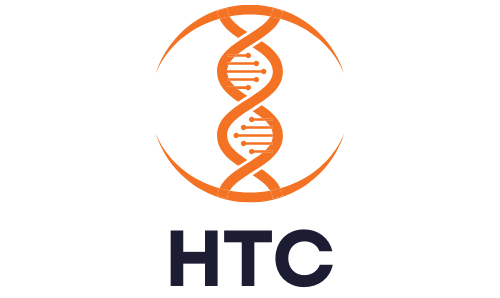The Intersection of HealthTech and InsurTech
The HealthTech and InsurTech industries are rapidly evolving, driven by technological advancements and a growing emphasis on improving healthcare delivery and insurance processes. HealthTech encompasses a broad range of technologies aimed at enhancing medical care, from telemedicine to wearable devices and AI-powered diagnostics. InsurTech, on the other hand, focuses on leveraging technology to streamline and innovate the insurance sector, including customer service, claims processing, and risk assessment.
The intersection of HealthTech and InsurTech presents unique opportunities and challenges, offering the potential to revolutionize both industries. By integrating HealthTech innovations with InsurTech solutions, stakeholders can enhance patient outcomes, reduce healthcare costs, and improve the efficiency and accessibility of insurance services. This blog explores the promising opportunities and challenges at the intersection of HealthTech and InsurTech, highlighting key drivers of innovation, case studies, investment strategies, and future trends.
Understanding HealthTech and InsurTech
HealthTech refers to the application of technology to improve health and healthcare delivery. This includes electronic health records (EHRs), telemedicine, mobile health apps, wearable health devices, AI in diagnostics, and more. The primary goal of HealthTech is to enhance patient care, streamline clinical processes, and reduce healthcare costs.
InsurTech, a portmanteau of "insurance" and "technology," involves the use of innovative technologies to enhance the efficiency, accuracy, and user experience of insurance services. This sector includes technologies like AI for underwriting and claims processing, blockchain for secure transactions, and mobile apps for customer engagement.
Key drivers of innovation in both sectors include the increasing availability of big data, advancements in AI and machine learning, and the growing demand for personalized and efficient services. For example, in HealthTech, AI algorithms can analyze vast amounts of medical data to provide more accurate diagnoses, while in InsurTech, machine learning models can predict risk more accurately, leading to more tailored insurance products.
Examples of HealthTech solutions include telemedicine platforms like Teladoc, wearable fitness trackers like Fitbit, and AI diagnostic tools like IBM Watson Health. In InsurTech, examples include Lemonade, an AI-powered insurance company, and ZhongAn, a Chinese InsurTech firm that uses blockchain for policy management.
Opportunities at the Intersection
The integration of HealthTech and InsurTech offers numerous opportunities to innovate and improve both sectors. One significant opportunity is the use of wearable health devices to monitor patients' health in real time, providing data that can inform both healthcare providers and insurers. For instance, insurance companies can use data from wearable devices to offer personalized health plans and incentives for healthy behaviors, reducing the overall risk and cost of healthcare.
Another opportunity lies in telemedicine, which can improve access to healthcare services and reduce costs for both patients and insurers. By incorporating telemedicine into insurance plans, insurers can offer policyholders easier access to medical consultations, potentially preventing more severe health issues that require costly treatments.
Case studies demonstrate the successful collaboration between HealthTech and InsurTech companies. For example, Oscar Health, a tech-driven health insurance company, integrates HealthTech solutions like telemedicine and mobile health tracking to offer personalized and accessible health insurance plans. Their model not only improves patient engagement and outcomes but also helps manage healthcare costs more effectively.
Impact on Healthcare Delivery and Insurance
The integration of HealthTech and InsurTech is transforming healthcare delivery and insurance in several ways. For patients, it means more personalized and efficient care. HealthTech solutions enable continuous health monitoring, early disease detection, and personalized treatment plans, all of which can lead to better health outcomes. InsurTech innovations, such as AI-driven risk assessments and customized insurance plans, ensure that patients receive the coverage that best meets their needs.
For healthcare providers, the integration of these technologies can streamline clinical workflows, reduce administrative burdens, and improve patient management. For example, AI-powered diagnostic tools can assist doctors in making more accurate diagnoses, while EHRs and telemedicine platforms can enhance patient care coordination and follow-up.
Insurers benefit from more accurate risk assessments, reduced fraud, and improved customer engagement. Data from HealthTech devices can provide insurers with real-time insights into policyholders' health, allowing for more dynamic and responsive insurance products. This not only helps in pricing policies more accurately but also in designing preventive health programs that can reduce overall healthcare costs.
Challenges and Risks
Despite the promising opportunities, integrating HealthTech and InsurTech comes with challenges and risks. One of the primary challenges is regulatory compliance. Both healthcare and insurance sectors are heavily regulated, and navigating these regulations while integrating new technologies can be complex. Ensuring that HealthTech and InsurTech solutions comply with regulations such as the Health Insurance Portability and Accountability Act (HIPAA) in the US or the General Data Protection Regulation (GDPR) in Europe is crucial for protecting patient and policyholder data.
Another challenge is the interoperability of different systems. HealthTech and InsurTech solutions often need to integrate with existing healthcare systems and insurance platforms, which can be technologically challenging. Ensuring seamless data exchange and compatibility between various systems is essential for the success of integrated solutions.
Data privacy and security are also significant concerns. The integration of HealthTech and InsurTech involves handling sensitive personal and health data, making it a target for cyberattacks. Robust cybersecurity measures and data protection protocols are essential to safeguard patient and policyholder information.
Investment Strategies
Investing in the intersection of HealthTech and InsurTech requires careful consideration of several factors. Identifying promising companies and technologies is the first step. Investors should look for companies that have a proven track record of innovation and are led by experienced management teams. Companies that demonstrate the ability to integrate HealthTech and InsurTech solutions effectively and have strong partnerships with healthcare providers and insurers are particularly attractive.
Long-term investment strategies are recommended given the evolving nature of both sectors. Investors should be prepared to support companies through various stages of development and regulatory approval processes. Diversifying investments across different areas of HealthTech and InsurTech, such as telemedicine, wearable health devices, and AI-driven insurance platforms, can mitigate risks and maximize returns.
Collaborative investments with other venture capital firms or strategic partnerships with healthcare organizations and insurers can also enhance investment opportunities. These collaborations can provide additional resources and expertise, increasing the chances of success for HealthTech and InsurTech ventures.
Notable Labs: Bridging HealthTech and InsurTech for a Healthier Future
Notable Labs is revolutionizing the healthcare landscape by seamlessly integrating HealthTech and InsurTech, demonstrating how advanced genetic and molecular analyses can innovate both patient care and insurance models. By leveraging cutting-edge precision medicine techniques, Notable Labs collaborates with insurers and healthcare providers to create personalized, data-driven healthcare solutions that are both accessible and affordable. This integration not only enhances patient outcomes but also optimizes insurance models, reducing costs and improving efficiency.
Their commitment to evidence-based practices and robust clinical data supports the development of insurance policies that accurately reflect the value of precision medicine. This ensures that patients receive the most effective treatments tailored to their genetic profiles, while also making these advanced treatments financially viable for a broader population. Notable Labs’ approach exemplifies the potential for precision medicine to transform patient care by integrating cutting-edge medical advancements into everyday healthcare and insurance frameworks.
As a leader in the intersection of HealthTech and InsurTech, Notable Labs sets new standards for integrated healthcare delivery and insurance coverage. Their pioneering work paves the way for a future where personalized healthcare is not just a possibility, but a reality for all, demonstrating the transformative potential of combining technological innovation with strategic insurance solutions. Through their efforts, Notable Labs is ensuring that the benefits of precision medicine are widely accessible, ultimately contributing to a healthier, more efficient, and more equitable healthcare system.
Future Trends and Predictions
Emerging trends and future directions at the intersection of HealthTech and InsurTech include the increasing use of AI and machine learning to drive predictive analytics and personalized services. AI will continue to play a critical role in diagnosing diseases, predicting health risks, and designing tailored insurance products. Machine learning algorithms will become more sophisticated, offering deeper insights and more accurate predictions.
Another trend is the rise of decentralized healthcare models enabled by HealthTech innovations. Telemedicine, remote monitoring, and mobile health apps will continue to grow, making healthcare more accessible and reducing the need for in-person visits. This shift towards decentralized care will require new insurance models that support remote and preventive care services.
Blockchain technology is also expected to impact the intersection of HealthTech and InsurTech. Blockchain can enhance data security, improve transparency, and streamline claims processing. Insurers can use blockchain to create immutable records of transactions, reducing fraud and increasing trust among policyholders.
Global perspectives show that different regions are adopting HealthTech and InsurTech at varying rates. In developed markets, there is a strong emphasis on integrating advanced technologies into healthcare and insurance systems. In emerging markets, there is significant potential for leapfrogging traditional systems and adopting innovative solutions that address unique healthcare and insurance challenges.
Conclusion
The intersection of HealthTech and InsurTech presents a transformative opportunity for both industries. By leveraging advanced technologies and innovative solutions, stakeholders can improve healthcare delivery, enhance patient outcomes, and optimize insurance processes. However, this integration also comes with challenges, including regulatory compliance, data security, and system interoperability.
Investors play a crucial role in driving the growth of integrated HealthTech and InsurTech solutions. By identifying promising companies, adopting long-term investment strategies, and fostering collaborations, investors can support the development of innovative solutions that address the evolving needs of healthcare and insurance sectors.
The future of HealthTech and InsurTech integration is bright, with emerging trends and technological advancements poised to shape the next decade. Stakeholders must remain proactive in exploring investment opportunities, addressing challenges, and supporting policies that promote the integration of these transformative technologies.
In conclusion, the intersection of HealthTech and InsurTech holds immense potential to revolutionize healthcare and insurance, creating a more efficient, personalized, and accessible system for all. Encouraging investment and collaboration in this space will be key to unlocking the full potential of these innovations and driving the future of healthcare and insurance.










